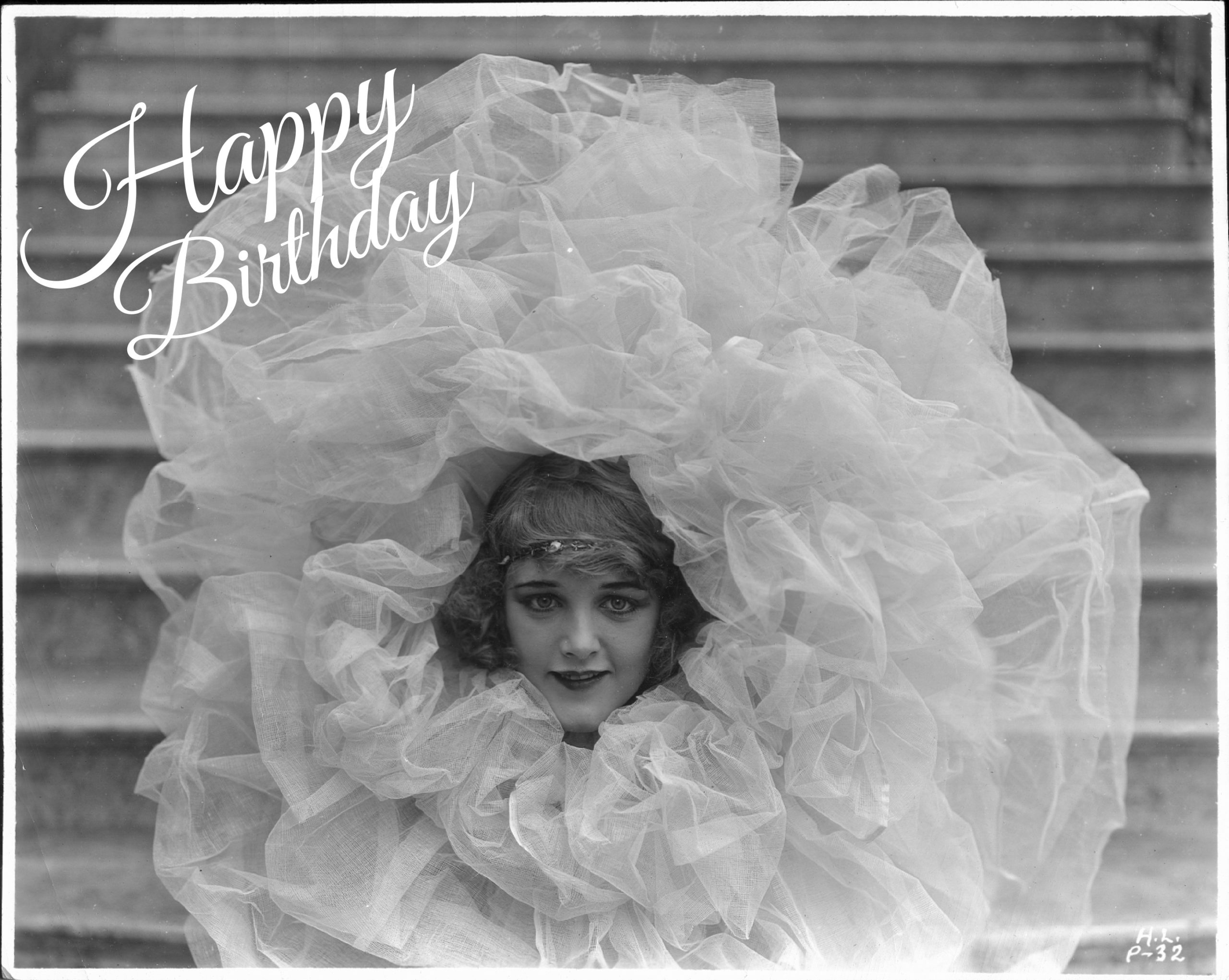The eternal charm of the go-getter: Part two
If great comedy must involve something beyond laughter,” film critic James Agee writes, “Lloyd was not a great comedian. If plain laughter is any criterion — and it is a healthy counterbalance to the other — few people have equaled him, and nobody has ever beaten him.”
So said Agee in 1949, and so it remains in 2018, 69 years after Agee evaluated the work of Charlie Chaplin, Buster Keaton, Harry Langdon and Harold Lloyd in “Comedy’s Greatest Era” for Life magazine. Attempting to situate each comedian’s place in cinematic history, and in relation to each other, Agee latches on to the key component of Lloyd’s personality: plainness. Lloyd’s films didn’t convey the same level of pathos Chaplin brought, nor did they have the detached irony of Keaton against insurmountable odds. Instead, Lloyd’s “Glasses” character told the tale of a boy next door, a go-getter trying to prove himself to society. True, Chaplin and Keaton also spent the ’20s crafting masterpiece after masterpiece, but neither came close to embodying the pluck and resolve of jazz-age optimism quite like Lloyd.
“He said he’ll own the place in six months,” Jane Dillion (Ann Christy) brags to her grandfather about Harold “Speedy” Swift (Lloyd) in Speedy. Grandpa knows better. He knows Speedy talks a good game — especially to a girl helplessly in love with him — but can’t keep a job if his life depended on it. He’s right; Speedy works as a soda jerk and a cab driver, but keeps his mind on neither. And as quickly as he leaves one job, anther is already waiting for him. Lucky for Speedy, the Great Depression is still a year off, and employment is easy to come by.
Filmed on the streets of New York in 1928, Speedy is about as good a cinematic time capsule as you’ll find. Many scenes take place around midtown Manhattan and Greenwich Village with a large section at Coney Island’s Luna Park. The plot revolves loosely around Pop Dillion (Bert Woodruff), Jane’s grandfather, and his horse-drawn carriage, the last in the city. The men who own the trolley system need to either buy out Dillon or sabotage his business if they want a monopoly, but you-know-who stands in the way. Yes, Speedy comes to the rescue, as do the neighborhood merchants, not merely to protect one another, but to protect the history of the city. Even movies from 90 years ago contain streaks of nostalgia for earlier times. The more things change…
Which brings us back to Lloyd and his enduring charm, while Keaton had irony and Chaplin had sentimentality, Lloyd had an unfailing belief that everything will work out in the end. The optimism we lack in the everyday world still permeates every frame of Lloyd’s films. It’s an optimism and an assurance that with a lot of hard work, a little dumb luck and an unwillingness to give up no matter what, you can save the day. We sure could use some now.
On the Bill: Speedy — with musical accompaniment by Mont Alto Motion Picture Orchestra. 7:30 p.m. Wednesday, Aug. 1,Chautauqua Auditorium, 900 Baseline Road, Boulder, chautauqua.com





